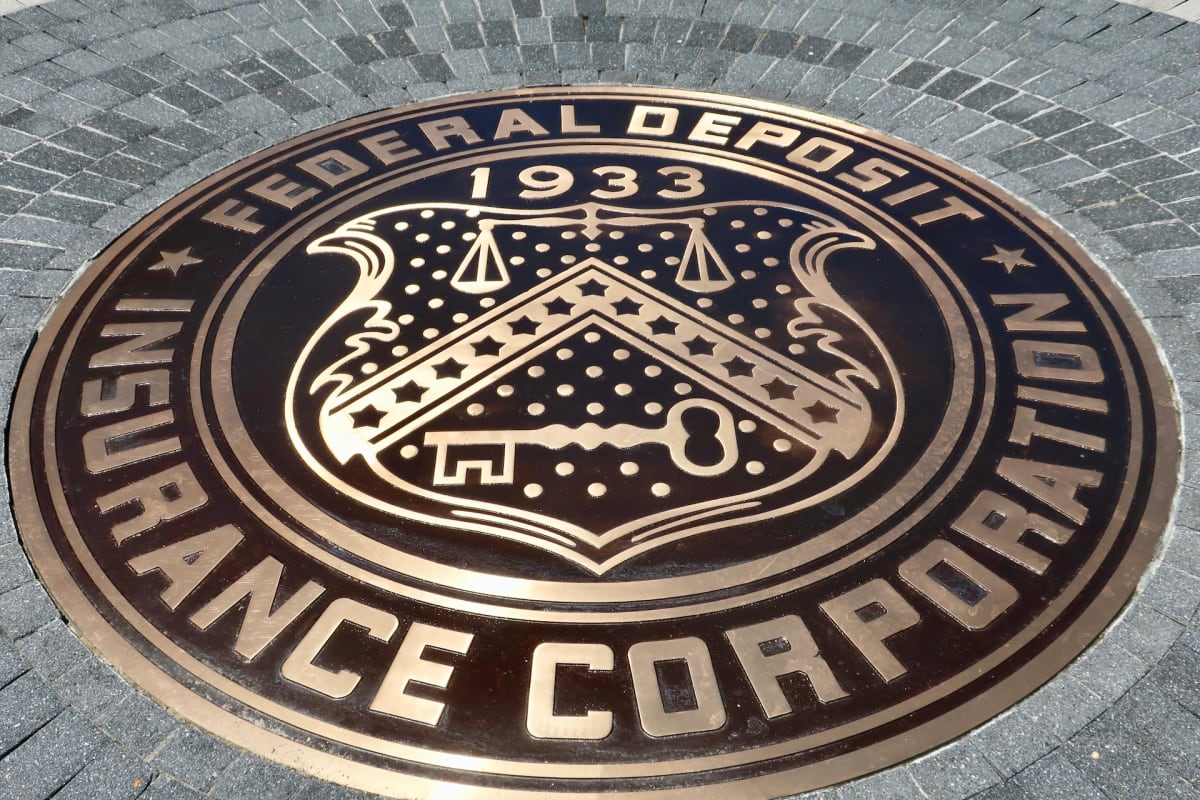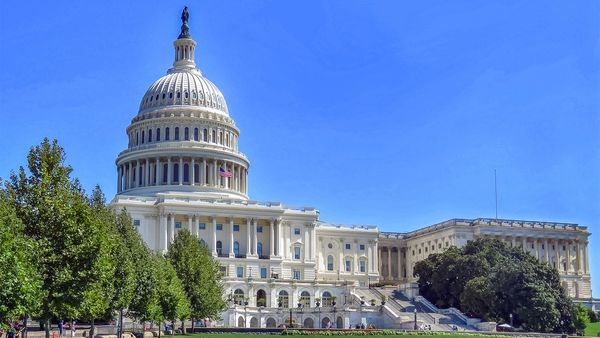
A group of midsize banks asked a federal regulator to guarantee their deposits during the next two years.
The Mid-Size Bank Coalition of America (MBCA) wants the FDIC to lengthen its insurance for deposits, according to a letter from the coalition to regulators, reported Bloomberg.
The FDIC guarantees deposits up to $250,000 currently.
The group said that extending the insurance would halt the transfer of deposits from smaller banks, stabilize the industry and restore confidence, according to the Bloomberg article.
The increase in insurance coverage would be the responsibility of the banks who would raise the amount of the deposit-insurance assessment for banks that wanted to take part of the additional coverage.
The collapse of Silicon Valley Bank and Signature Bank last week spooked depositors who transferred their money rapidly from various regional banks to larger banks, causing a bank run.
The letter was sent to the FDIC, Treasury Secretary Janet Yellen, Federal Reserve and the Comptroller of the Currency from the group that has 110 members with assets of $100 billion.
The FDIC did not respond immediately to a request for comment.
The failure of Silicon Valley Bank led to its parent company, SVB Financial, filing for bankruptcy protection on March 17. The bank's assets were not included in the filing. The Chapter 11 filing is the largest bankruptcy for a bank since Washington Mutual filed in 2008.
The FDIC and the Federal Reserve said on March 12 they would ensure that all depositors would receive their money, even the ones that had balances over the $250,000 FDIC-insured threshold.
SVB was the second-largest bank failure in U.S. history and has shaken many investors. It was the result of a bank run, caused by the firm’s announcement that it failed to raise the additional capital to increase liquidity.
The bank made investments into long-dated government securities, including Treasury securities. When depositors demanded their funds, the bank sold the securities, taking a $1.8 billion loss. The Santa Clara, Calif., bank then attempted to raise $2.25 billion in capital by issuing new common and convertible preferred shares to cover the shortfall.
Depositors made a run on the bank, withdrawing their cash and transferring it into other banks.







